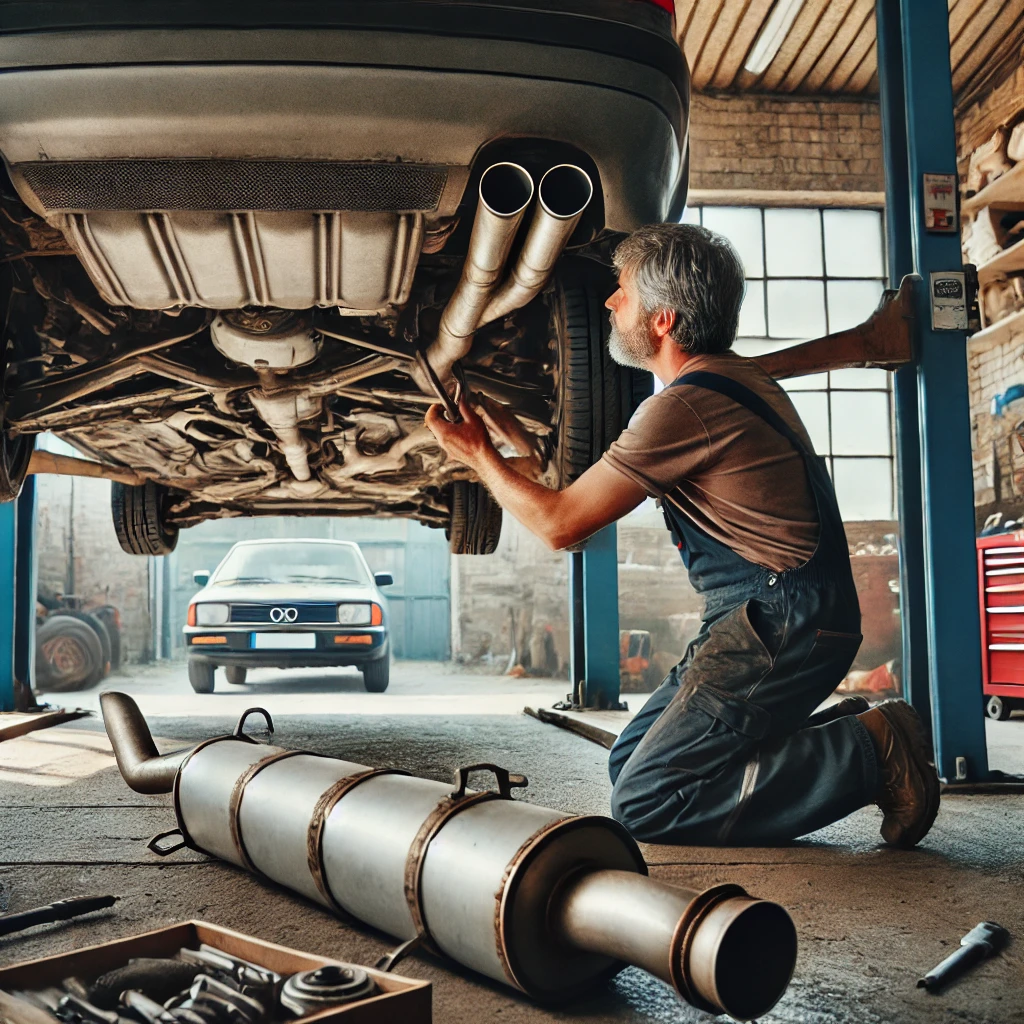When replacing your car’s exhaust system, you’ll have the option to choose between OEM (Original Equipment Manufacturer) parts and aftermarket exhaust systems. Understanding the differences can help you make the right choice based on budget, performance, and longevity.
OEM Exhaust Systems: Pros & Cons
OEM exhausts are designed by the vehicle’s manufacturer and match the original factory specifications.
✅ Perfect Fit & Compatibility – Ensures an exact match for your car model.
✅ High-Quality Materials – Meets durability and safety standards set by manufacturers.
✅ Warranty Coverage – Usually backed by a warranty for added peace of mind.
❌ Higher Cost – OEM parts can be 20-50% more expensive than aftermarket alternatives.
Aftermarket Exhaust Systems: Pros & Cons
Aftermarket exhausts offer a range of options, from budget-friendly replacements to high-performance upgrades.
✅ More Affordable – Often cheaper than OEM exhausts.
✅ Better Performance Options – Some systems improve horsepower and fuel efficiency.
✅ Customization Choices – Available in different materials, designs, and sound levels.
❌ Varied Quality Levels – Some brands may not meet factory specifications.
Which Exhaust System Should You Choose?
- If you want reliability and factory performance, go for OEM exhausts.
- If you seek improved performance, sound, or cost savings, an aftermarket exhaust may be the better option.
Regardless of your choice, a professionally installed exhaust system ensures safety, performance, and legal compliance.

